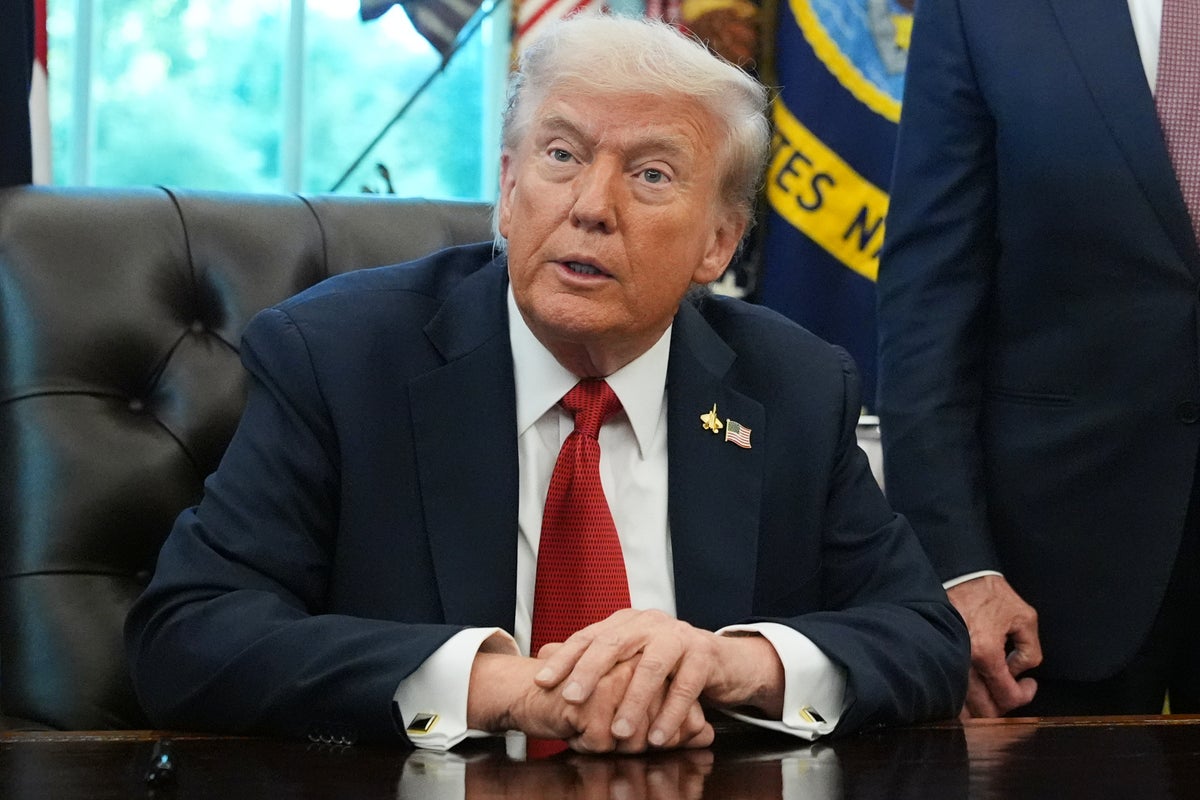Politics
U.S. International Student Arrivals Plunge 19% in August

International student arrivals in the United States fell by nearly a fifth in August 2024, marking a significant decline as universities commenced the new academic year. According to preliminary data from the National Travel and Tourism Office, the number of students arriving on visas decreased by 19% compared to the same month in the previous year. This drop is a reflection of increasing scrutiny from the U.S. government regarding foreign students and poses a challenge for colleges that rely heavily on international enrollment for funding.
In August, traditionally a peak month for international student arrivals, the U.S. welcomed 313,138 new and returning students. The decline follows a similar trend observed in June and July, raising concerns about the future of international enrollment in U.S. institutions. The decline is particularly alarming as it reverses a recovery trend following the significant impacts of the COVID-19 pandemic, which had previously disrupted global student mobility.
Several factors have contributed to this downturn. Visa processing challenges have created barriers for many prospective students. In late May 2024, the U.S. Department of State temporarily suspended visa interviews for foreign students, resuming them three weeks later with enhanced vetting procedures, including scrutiny of social media accounts. Clay Harmon, executive director of the Association of International Enrollment Management, noted that the timing of this pause had a profound effect on visa issuances for the fall semester.
Moreover, a travel ban imposed by the Trump administration in June affected students from 19 countries, primarily in Africa, Asia, and the Middle East. This ban has created additional uncertainty, leading to significant declines in student arrivals from these regions. Data reveals a 33% drop from Africa, 24% from Asia—including a staggering 45% decrease from India, the leading source of international students to the U.S.—and 17% from the Middle East.
Some students, like Sara, a graduate from Iran, have faced particular hardships. After receiving an offer for a fully funded position in the University of Iowa’s physical rehabilitation science Ph.D. program, she was unable to secure a visa due to the suspension. Following the travel ban affecting her country, her admission was deferred to the following year, prompting her to consider universities in Germany. She has even begun learning German in preparation for this potential transition.
The political climate surrounding immigration has made families wary of pursuing education in the U.S. The Trump administration’s policy changes have fostered an environment of uncertainty among international students. Reports indicate that interest in U.S. universities has been declining, particularly due to rising financial concerns and skepticism about the return on investment of an American degree. Zeynep Bowlus, a higher education consultant in Istanbul, noted that families are increasingly cautious and aware of potential hurdles in the admissions process.
Other countries are capitalizing on these challenges to attract students who may be reconsidering their options in the U.S. A growing number of Chinese students are opting to remain in Asia, while applications to universities in the United Kingdom have surged. Elisabeth Marksteiner, a higher education consultant in Cambridge, emphasized the importance of having backup plans for families exploring American universities, as the landscape for obtaining student visas has become increasingly unpredictable.
The implications of these changes extend beyond individual students; they threaten the financial stability of U.S. colleges that depend on the tuition revenue generated by international students. As this trend continues, institutions may need to reassess their strategies for attracting and retaining international talent in an increasingly competitive global landscape.
As the situation evolves, the full impact on U.S. higher education remains uncertain, but the data suggests a critical juncture for international enrollment that may reshape the future of American universities.
-

 World2 days ago
World2 days agoCoronation Street’s Shocking Murder Twist Reveals Family Secrets
-

 Entertainment4 months ago
Entertainment4 months agoKate Garraway Sells £2 Million Home Amid Financial Struggles
-

 Entertainment3 months ago
Entertainment3 months agoAnn Ming Reflects on ITV’s ‘I Fought the Law’ Drama
-

 Health3 months ago
Health3 months agoKatie Price Faces New Health Concerns After Cancer Symptoms Resurface
-

 Entertainment3 weeks ago
Entertainment3 weeks agoCoronation Street Fans React as Todd Faces Heartbreaking Choice
-

 World3 weeks ago
World3 weeks agoBailey Announces Heartbreaking Split from Rebecca After Reunion
-

 World5 days ago
World5 days agoKevin Sinfield Exceeds Fundraising Goal Ahead of Final Marathons
-

 Entertainment5 days ago
Entertainment5 days agoTwo Stars Evicted from I’m A Celebrity Just Days Before Finale
-

 Entertainment3 months ago
Entertainment3 months agoCoronation Street’s Carl Webster Faces Trouble with New Affairs
-

 Entertainment3 months ago
Entertainment3 months agoWhere is Tinder Swindler Simon Leviev? Latest Updates Revealed
-

 Entertainment4 months ago
Entertainment4 months agoMarkiplier Addresses AI Controversy During Livestream Response
-

 Science2 months ago
Science2 months agoBrian Cox Addresses Claims of Alien Probe in 3I/ATLAS Discovery





















